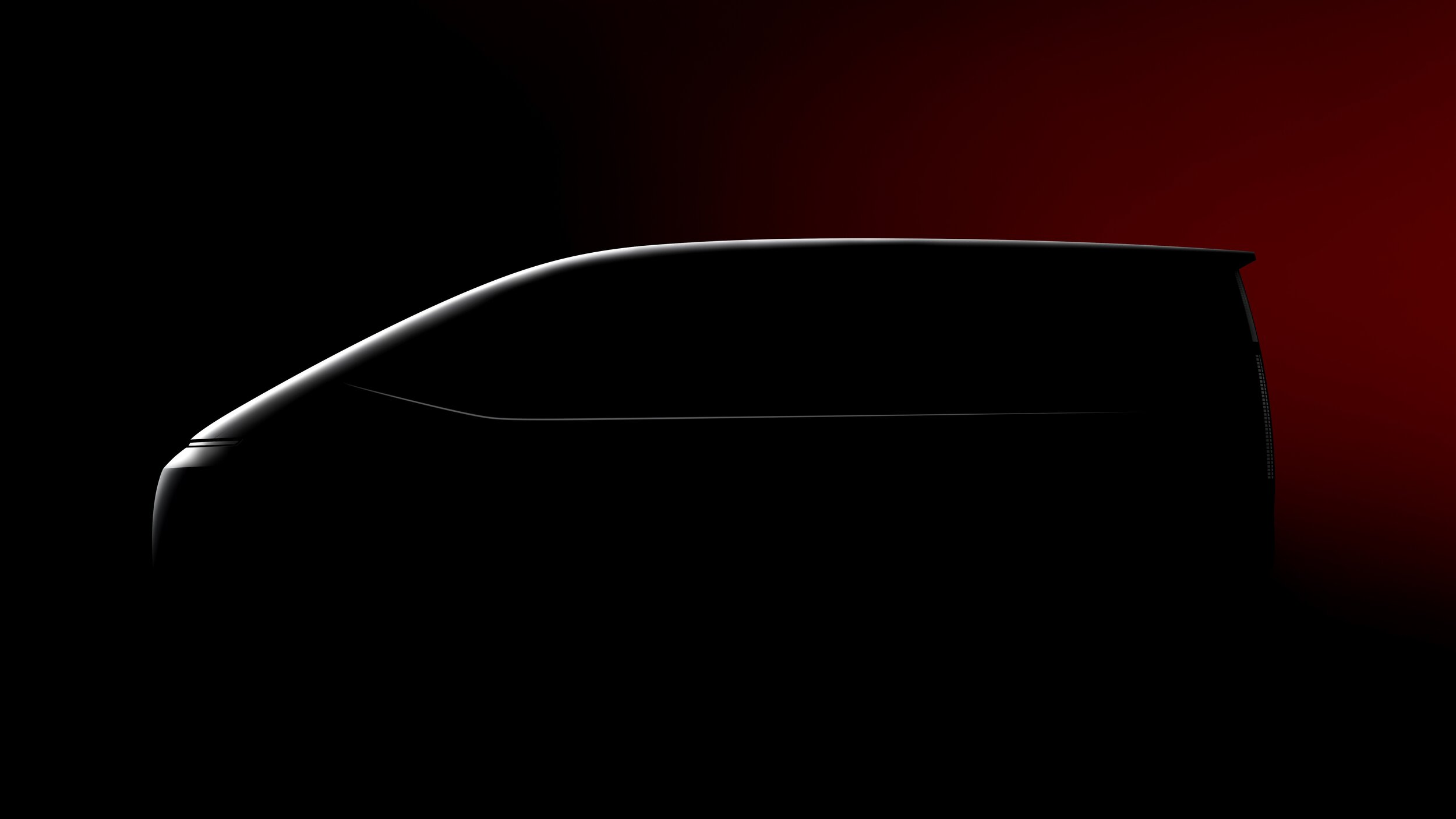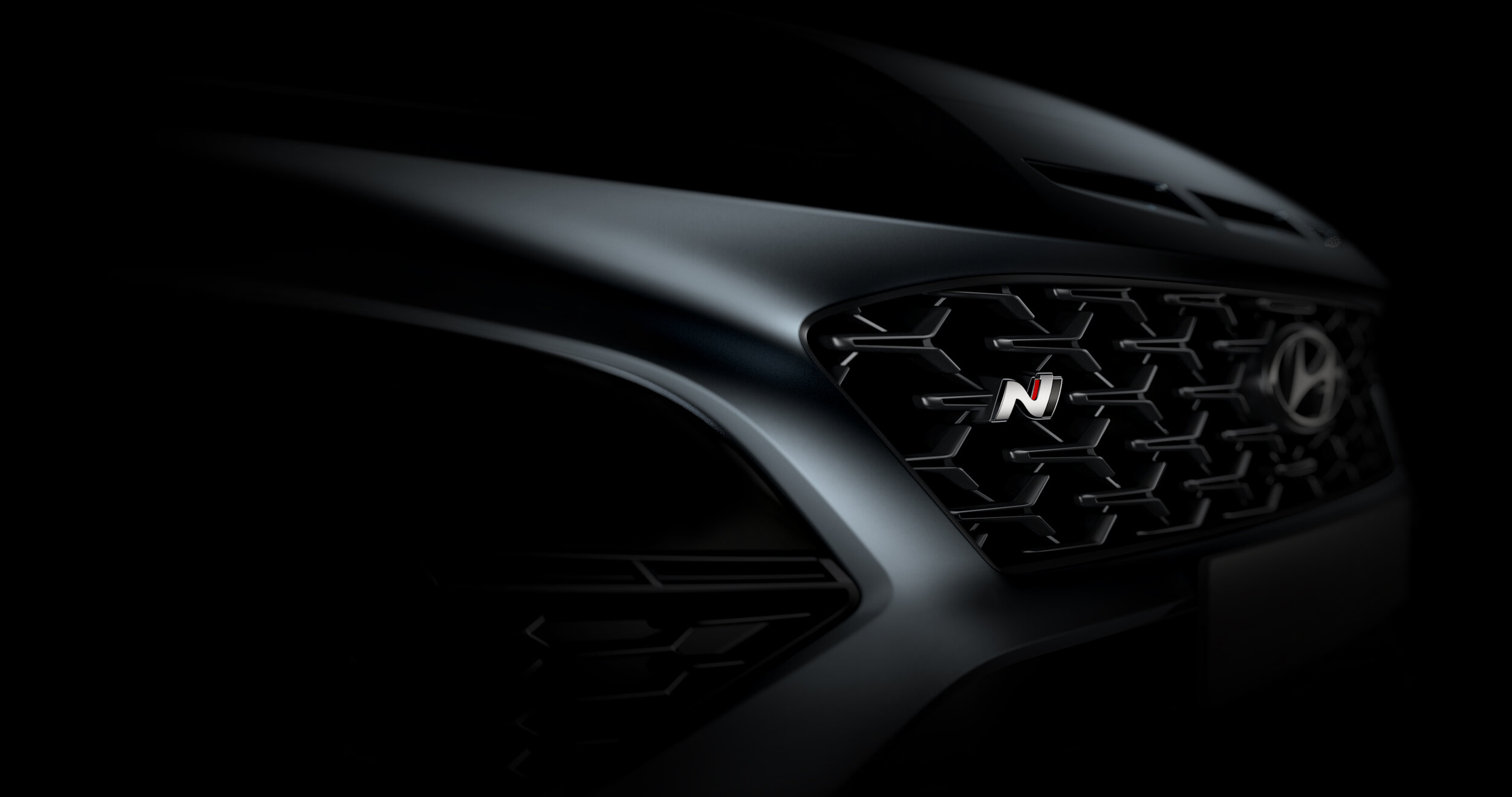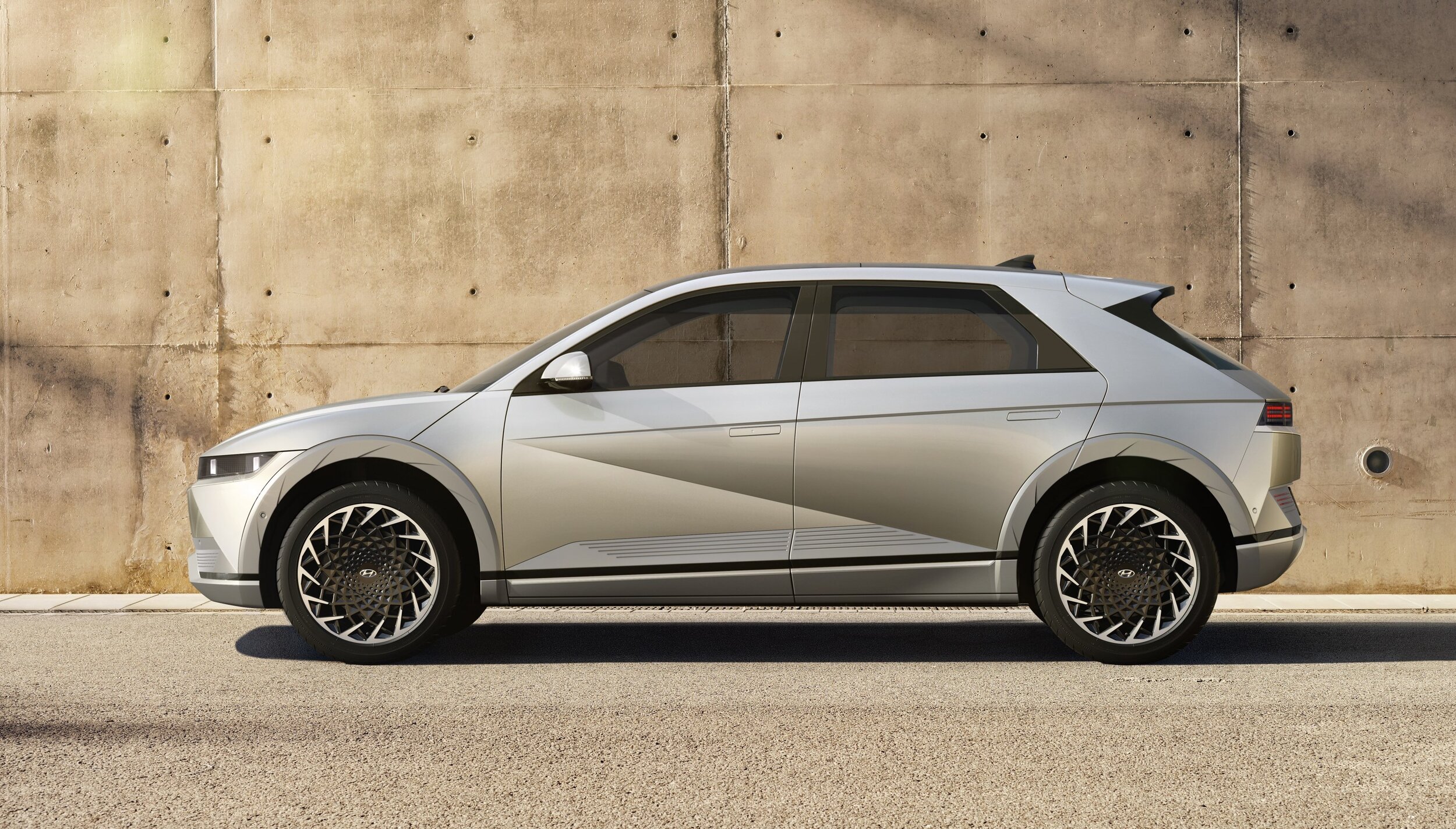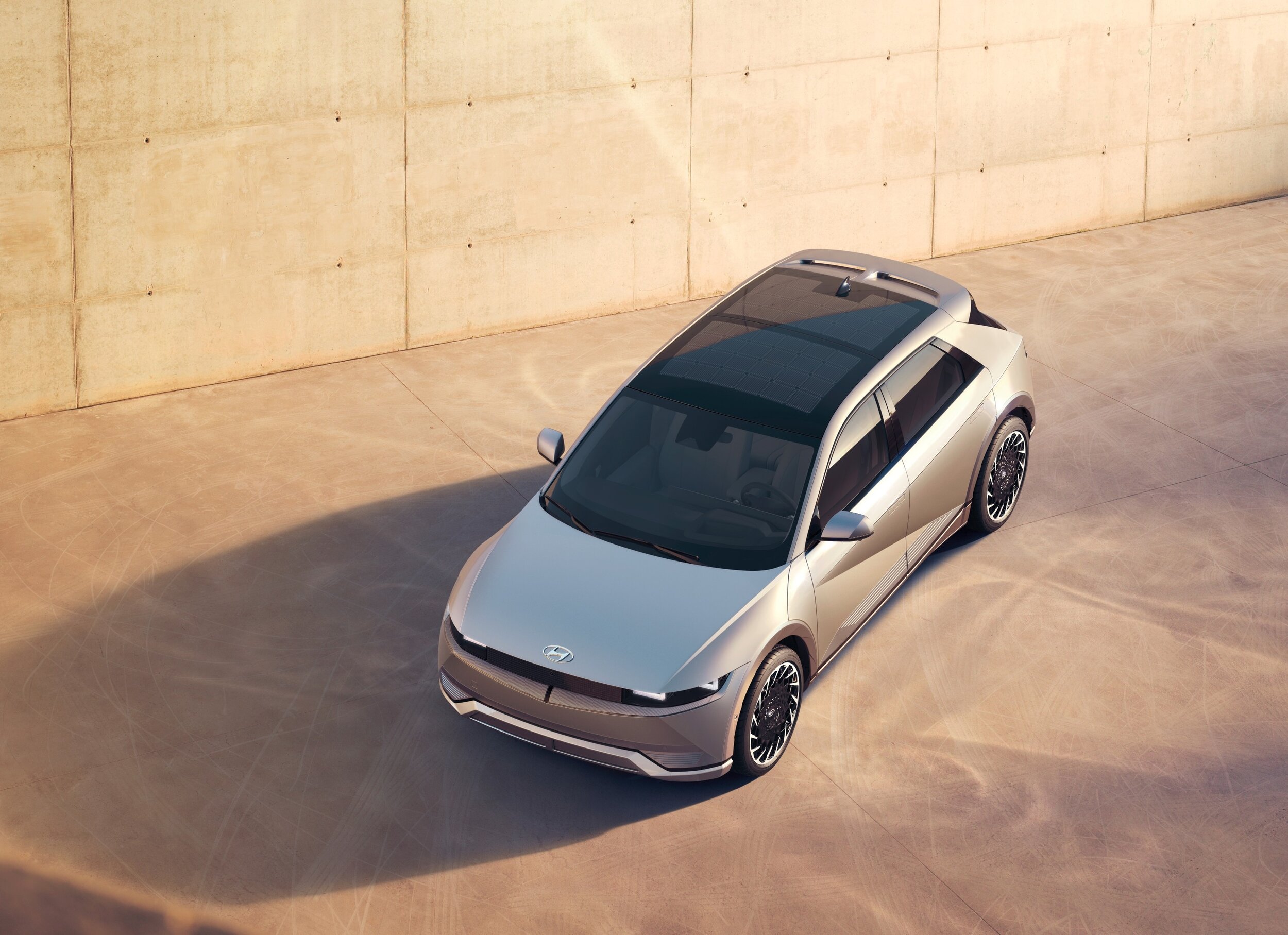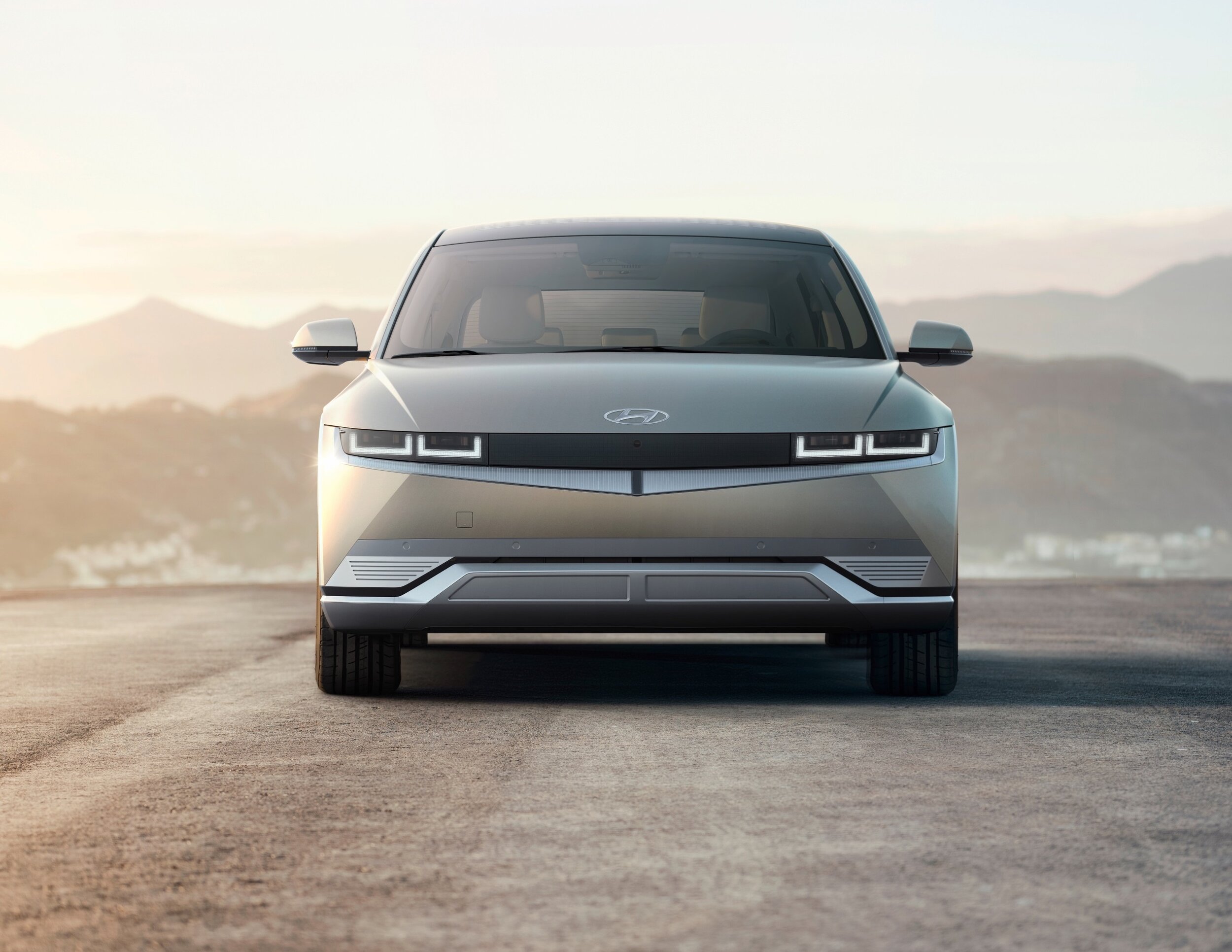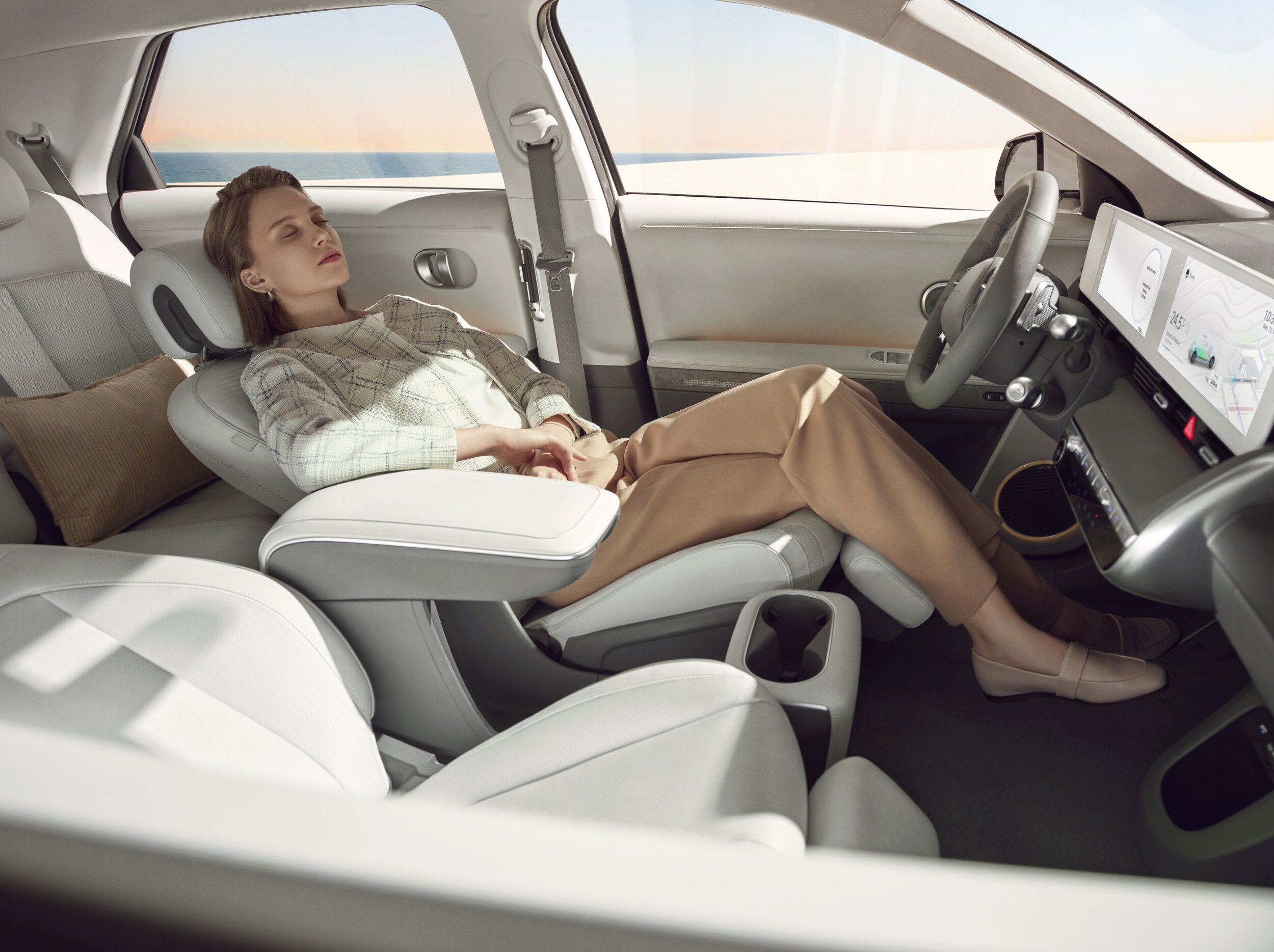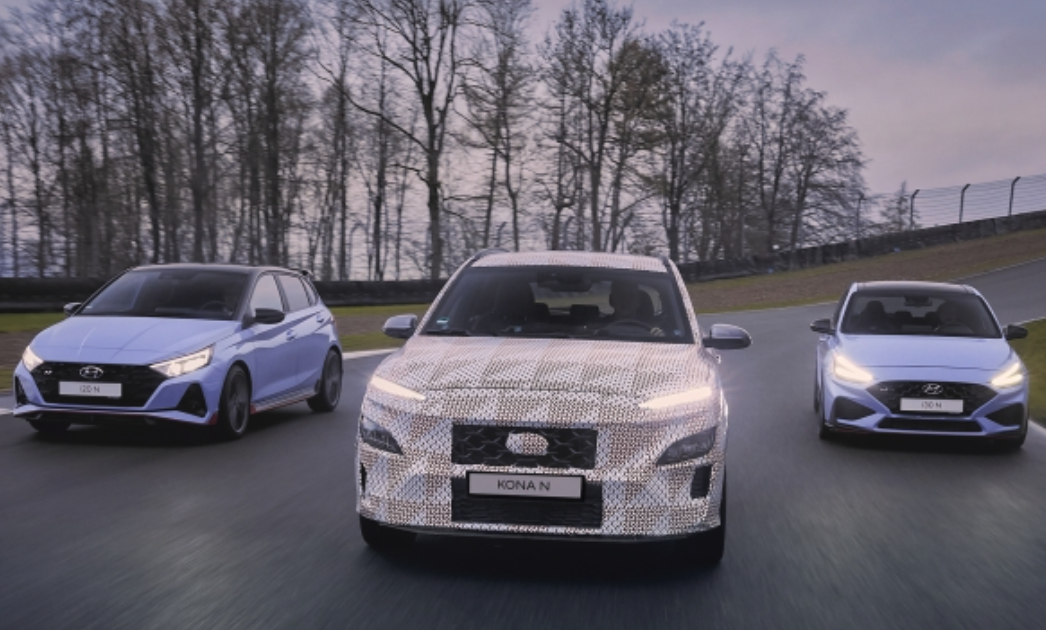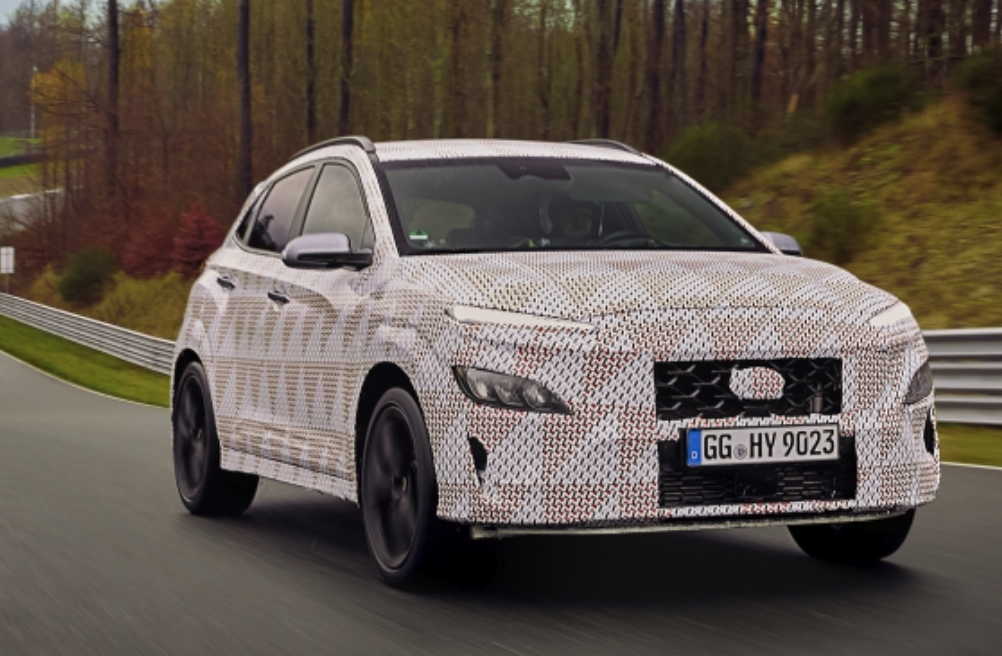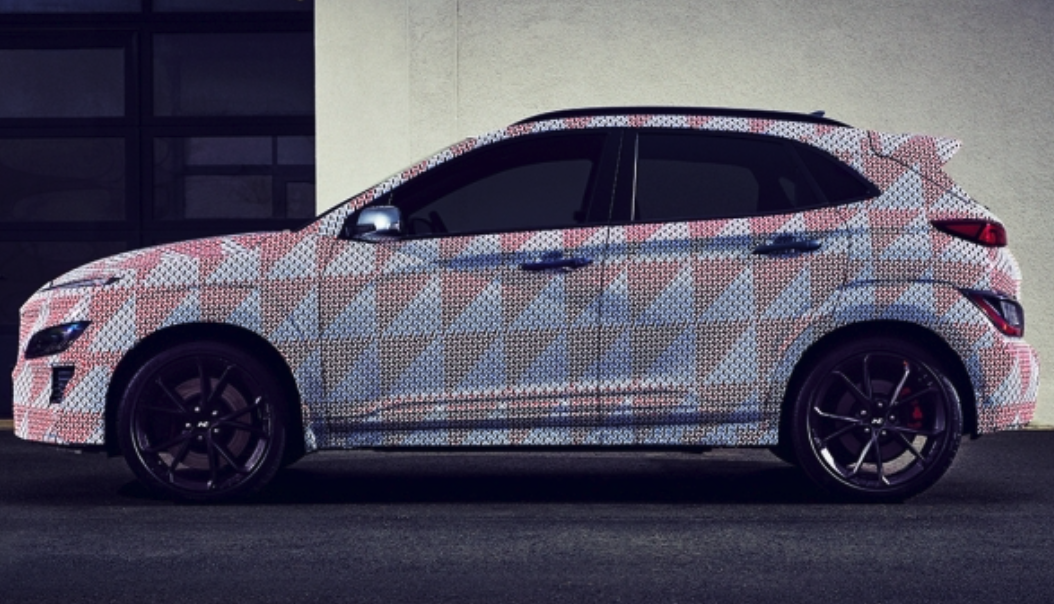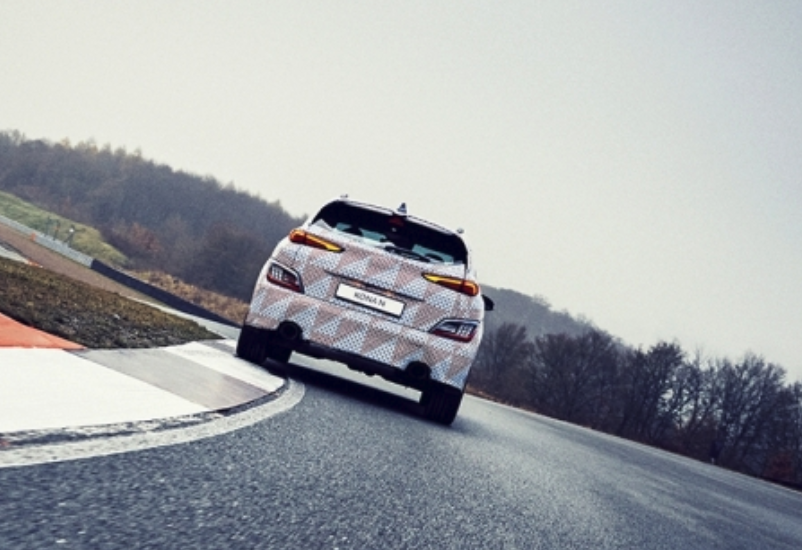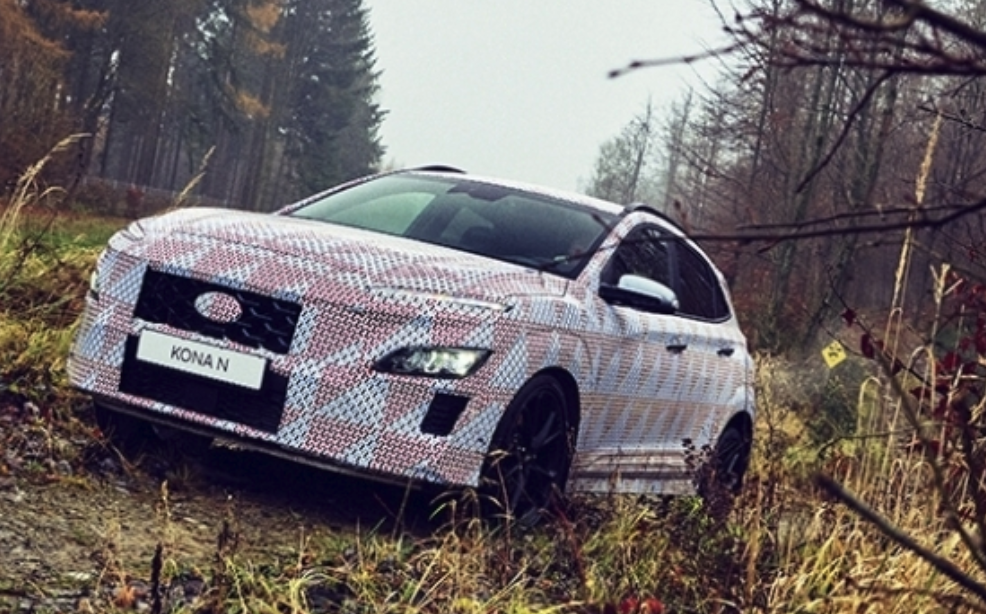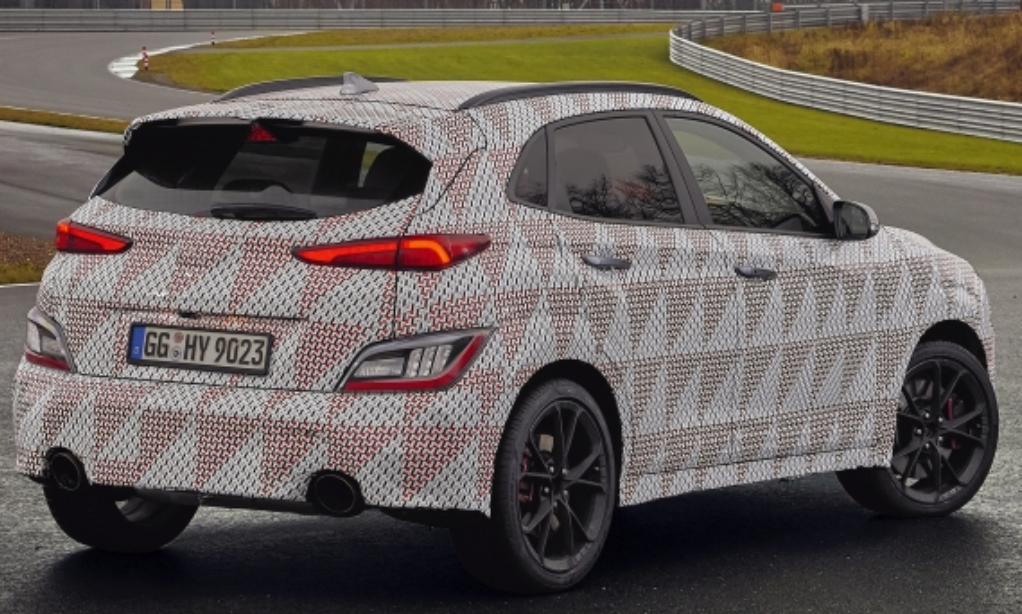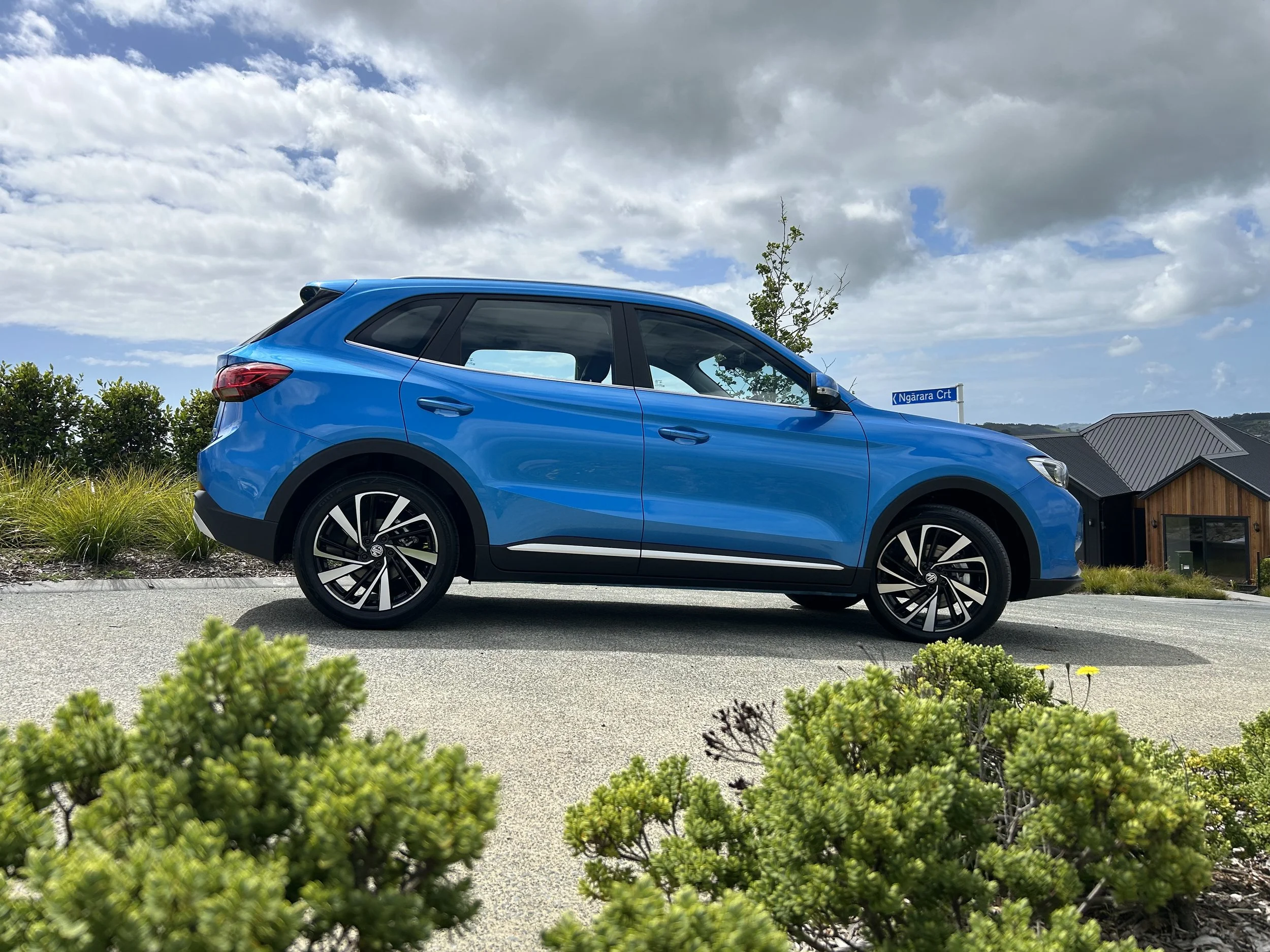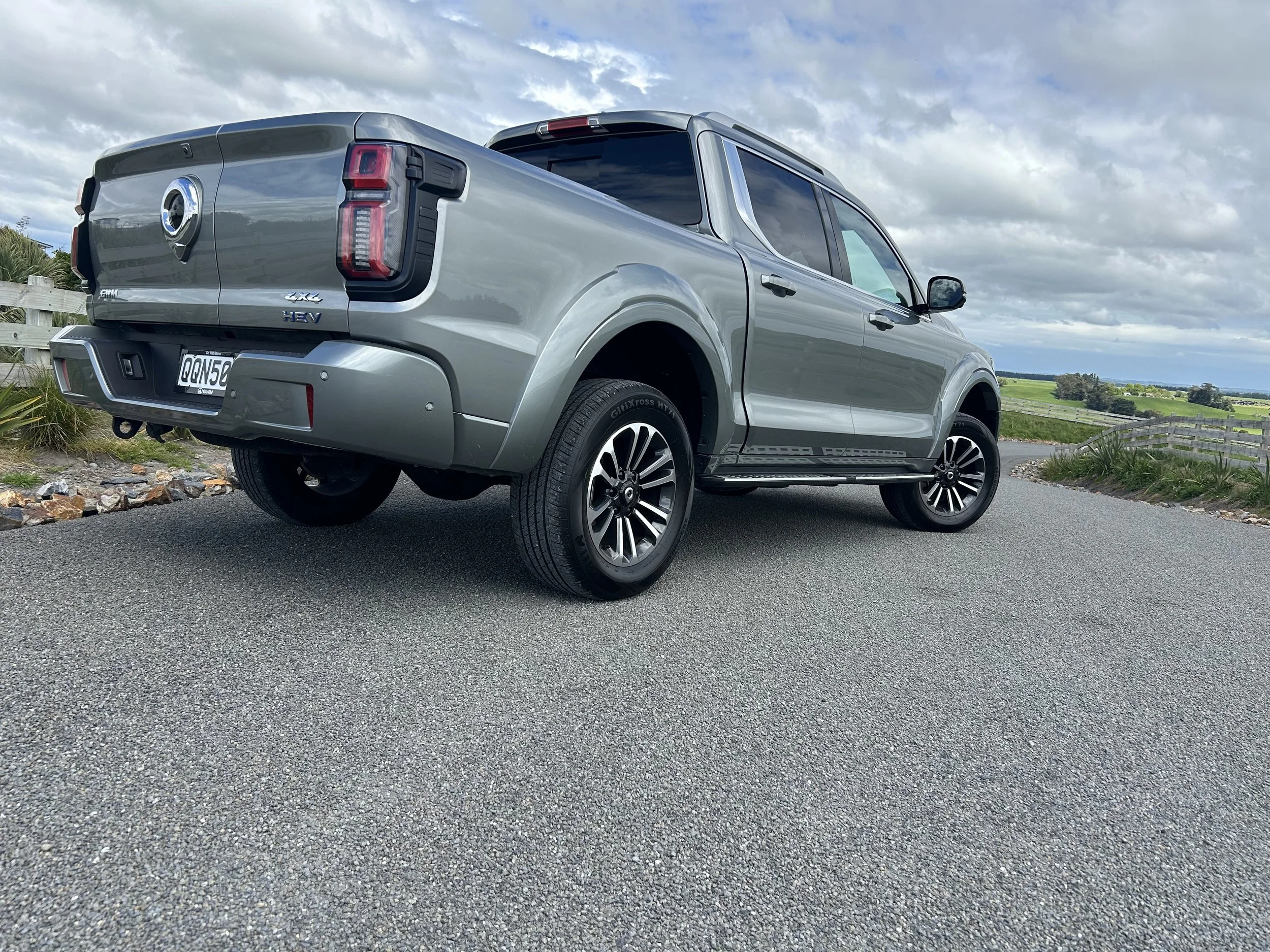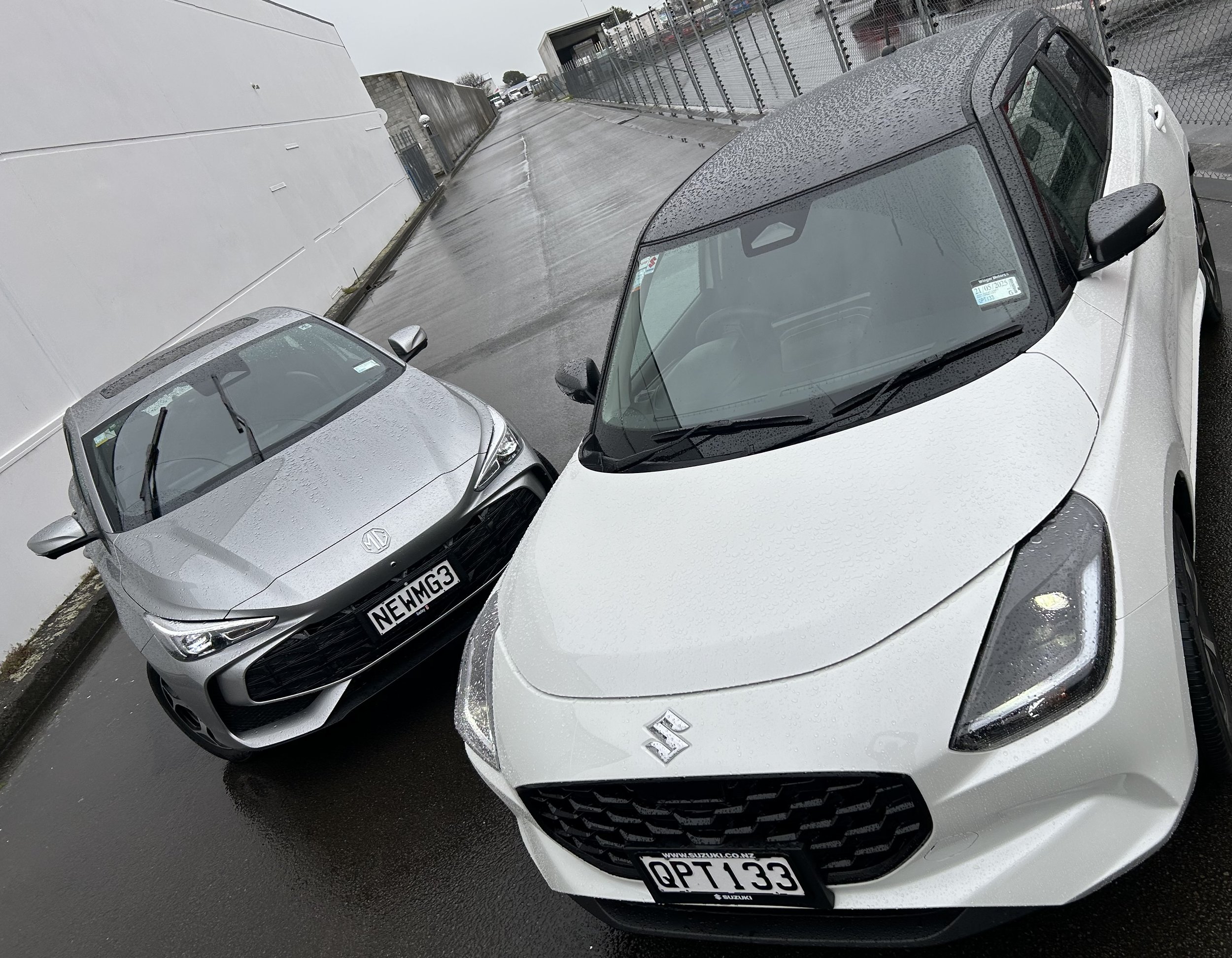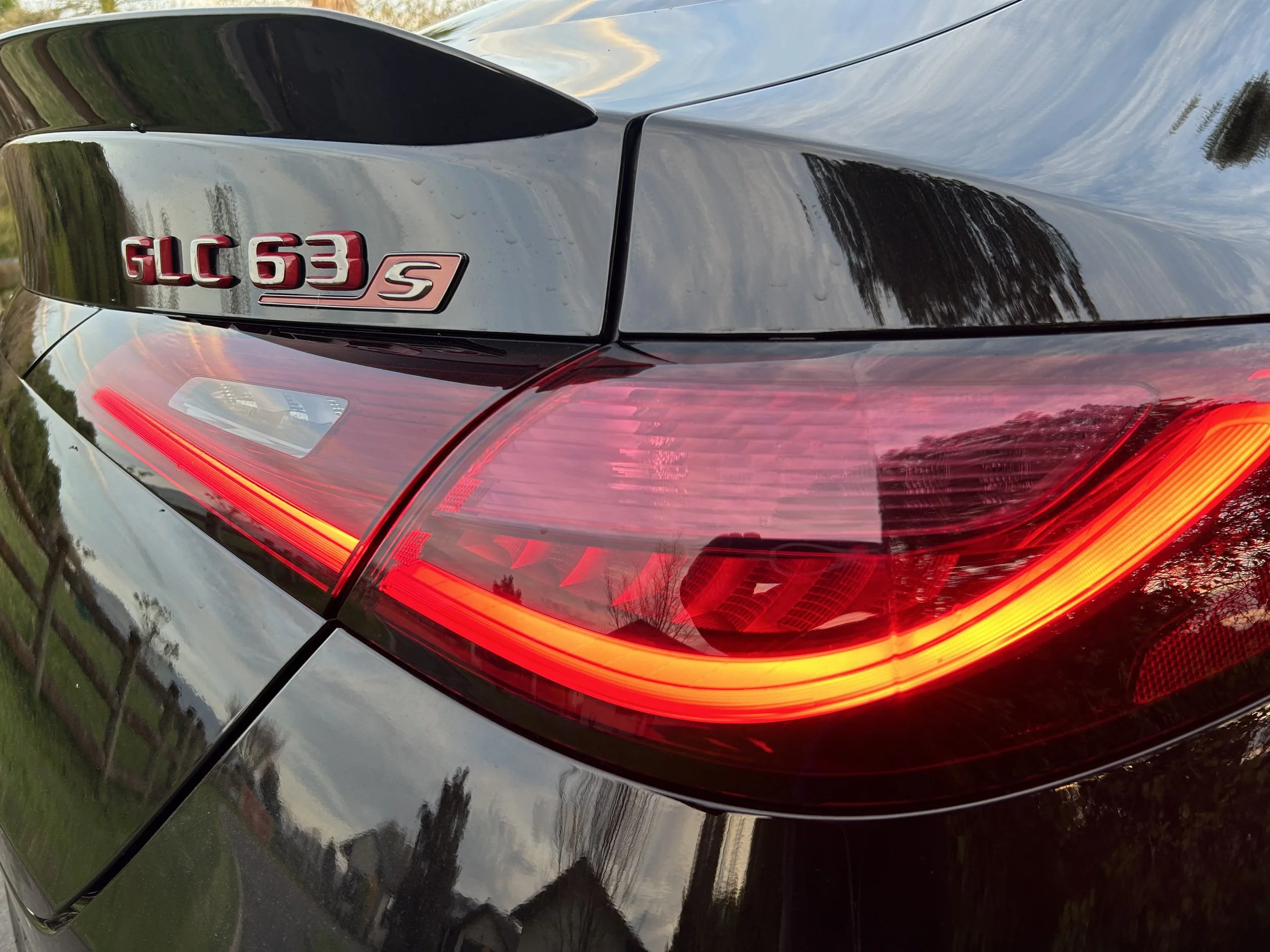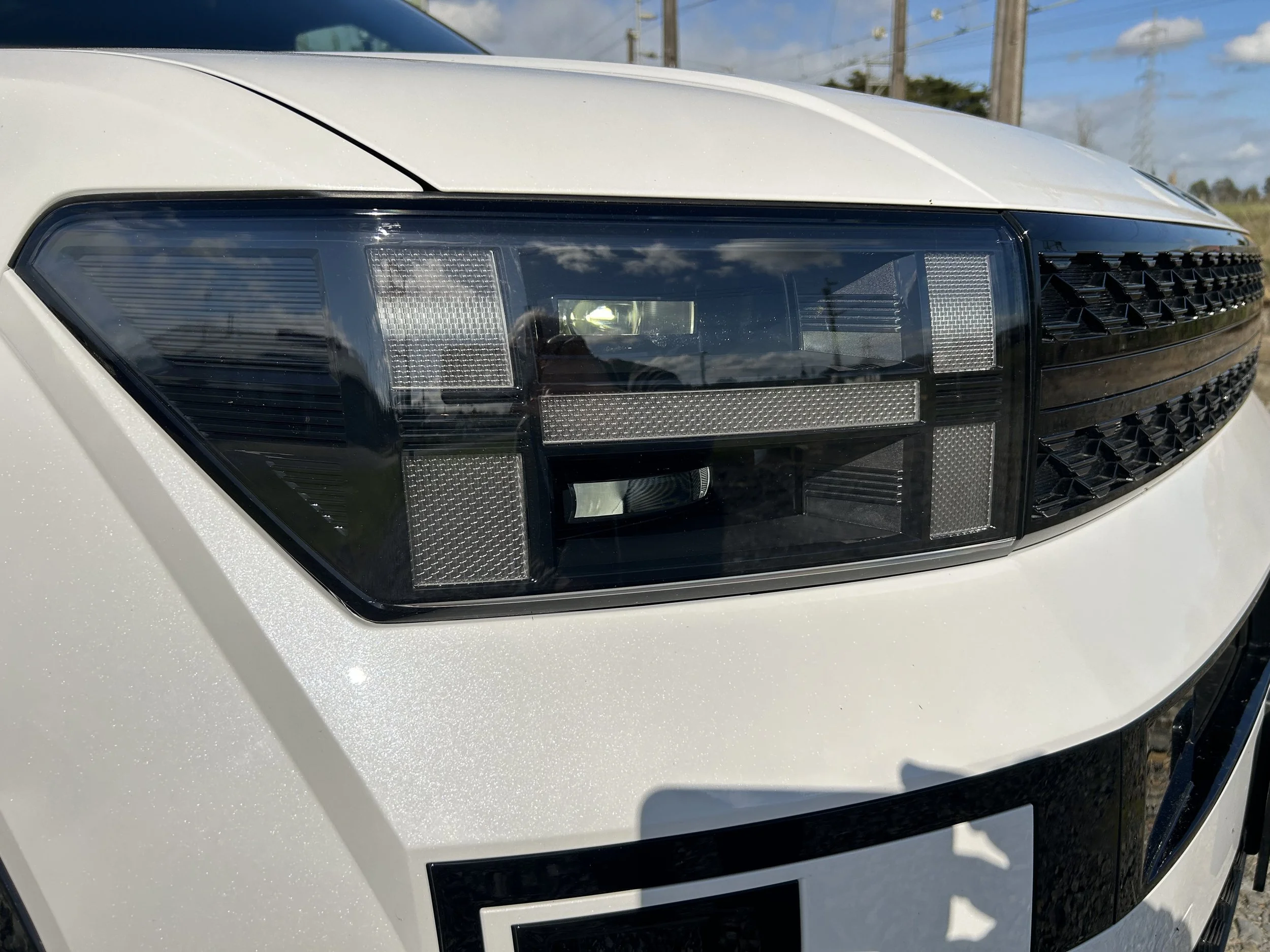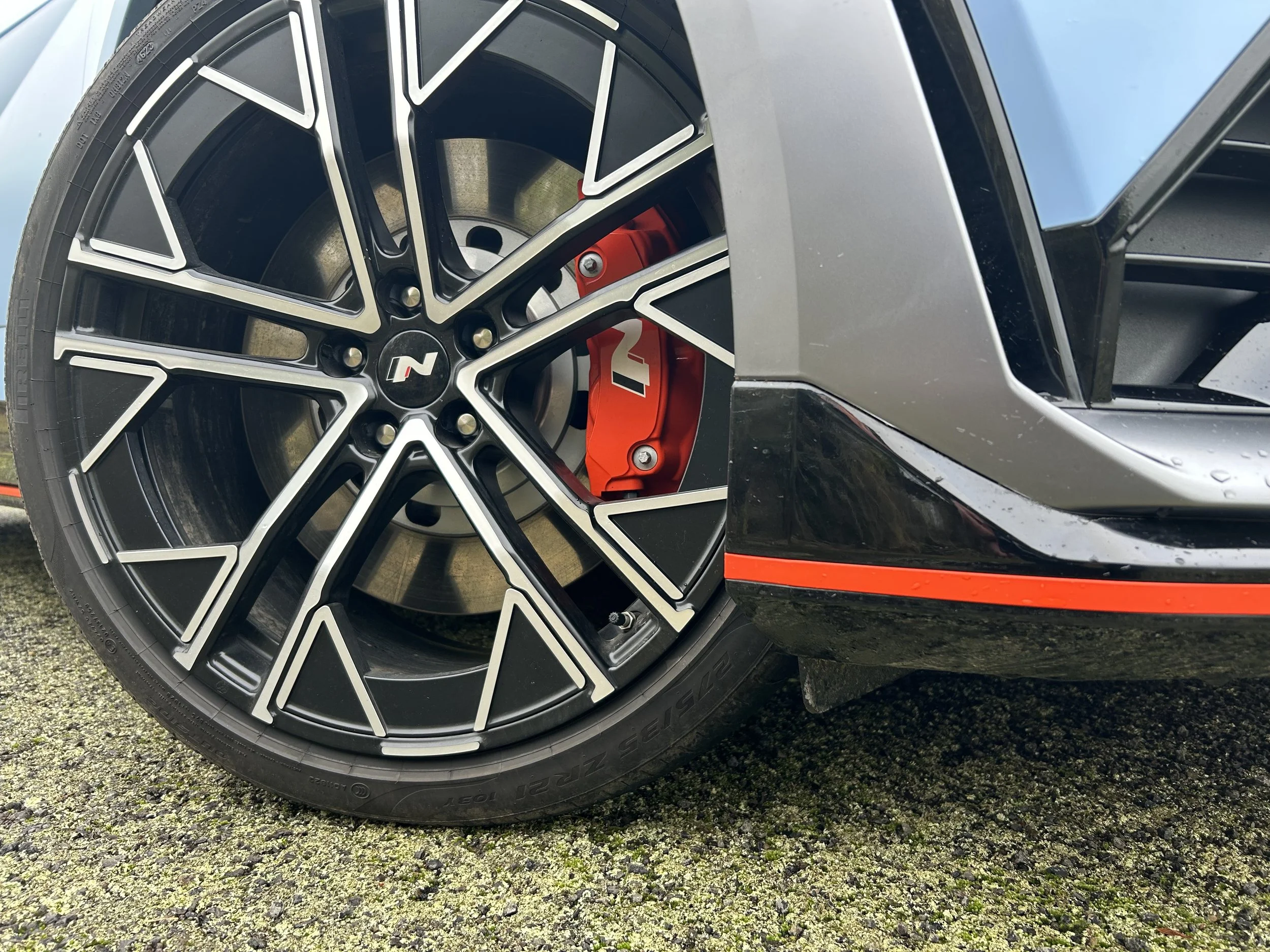FRESHENED styling, more tech – and price increases.
That’s the story in respect the carryover editions in what’s being called Kona Series II, a mid-life update of the brand’s popular compact crossover that continues with familiar drivetrains but delivers a new family member that elevates optimal spend for a petrol edition.
The new equivalents of variants that have represented in the pre-facelift lineup and deliver with powertrains are the IVT, Elite IVT and Limited IVT.
These respectively price at $34,990, $39,990 and $44,990.
This means the cheapest and most expensive variants are $3000 dearer than previously, while the mid-grade lifts by $2000.
These model all run with a 2.0-litre engine, making 110kW and 180Nm, paired with a constantly variable transmission with eight pre-set steps and are front-drive.
Above these places a new configuration, the Kona N-Line, which adopts a sports styling package absent from the cheaper cars and also has a 1.6-litre turbocharged petrol, married to a seven-speed automated manual.
The N-Line achieves specific signatures of bonnet vents on the nose, a “motorsport-inspired” front end, body colour claddings, a larger rear spoiler and diamond-cut wheels.
This 146kW/265Nm version costs $49,990 and will stand as a fossil fuelled flagship only temporarily, as Hyundai NZ has signalled it will ultimately also represent with the Kona N – a high performance variant expected before year-end.
The first SUV to be reworked by Hyundai’s N Division, the Kona N achieves a 2.0-litre turbocharged petrol engine, in marriage to an eight-speed dual clutch transmission – and potentially, might deliver in front- rather than four-wheel-drive.
It’s the same engine that serves the brand’s current sole N division emissary in New Zealand, the i30 N, and while outputs have yet to be announced, it's likely they will match the 206kW and 392Nm the hot hatch delivers.
Hyundai has previously promised the powertrain will be flavoured by a launch control and a sports exhaust.
Hyundai NZ has also yet to receive the updated Kona Electric, which adopts the same altered styling cues seen on the petrol-wed cars and delivers with an electric powertrain that gives more range and better performance than the current car’s.
The present electric model has been subject to concern about the integrity of its battery, with the brand effecting a recall in many markets.
The Series II gets a new front-end design. There are redesigned narrow LED daytime running lights above the separate headlight cluster and wheel arch cladding contrasting with the body colour. The rear end is also restyled, though less radically than the front.
Inside is a new console area and it achieves an electric parking brake, ambient lights, aluminium finishing around the speakers and air vents and a leather option.
New to this model is the option of a 10.25-inch digital instrument cluster. In addition, the new Kona also comes with an optional 10.25-inch touchscreen multimedia system.
Safety and driver assist ingredients run to active cruise control, lane-keep assist, autonomous emergency braking, blind-spot collision avoidance assist, rear cross-traffic alert and safe exit warning to forward collision avoidance assist with optional cyclist detection.
It picks up leading vehicle departure alert, which alerts a driver as to when a stationary vehicle in front has moved on.























